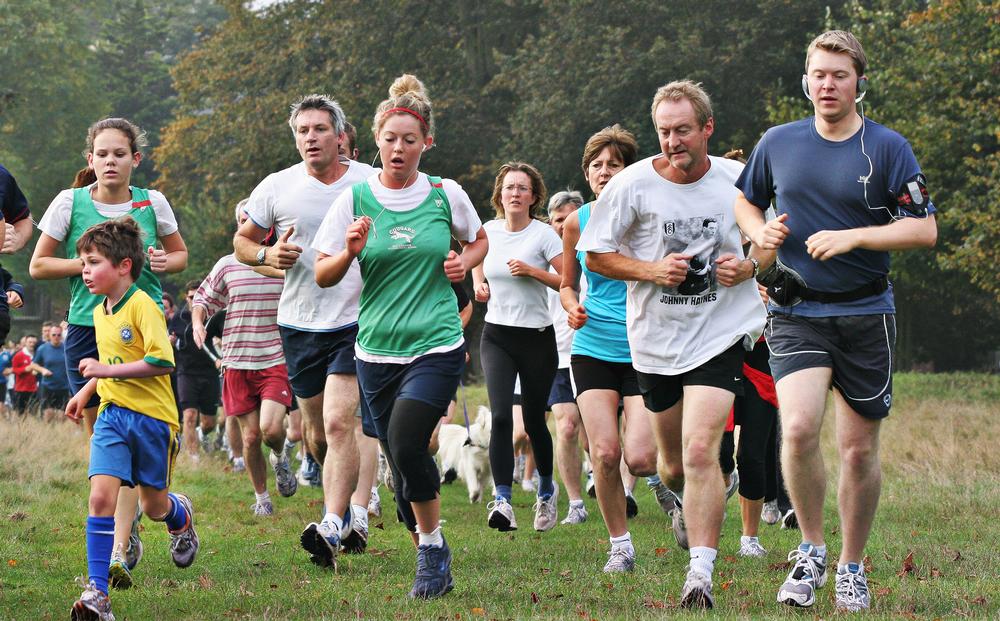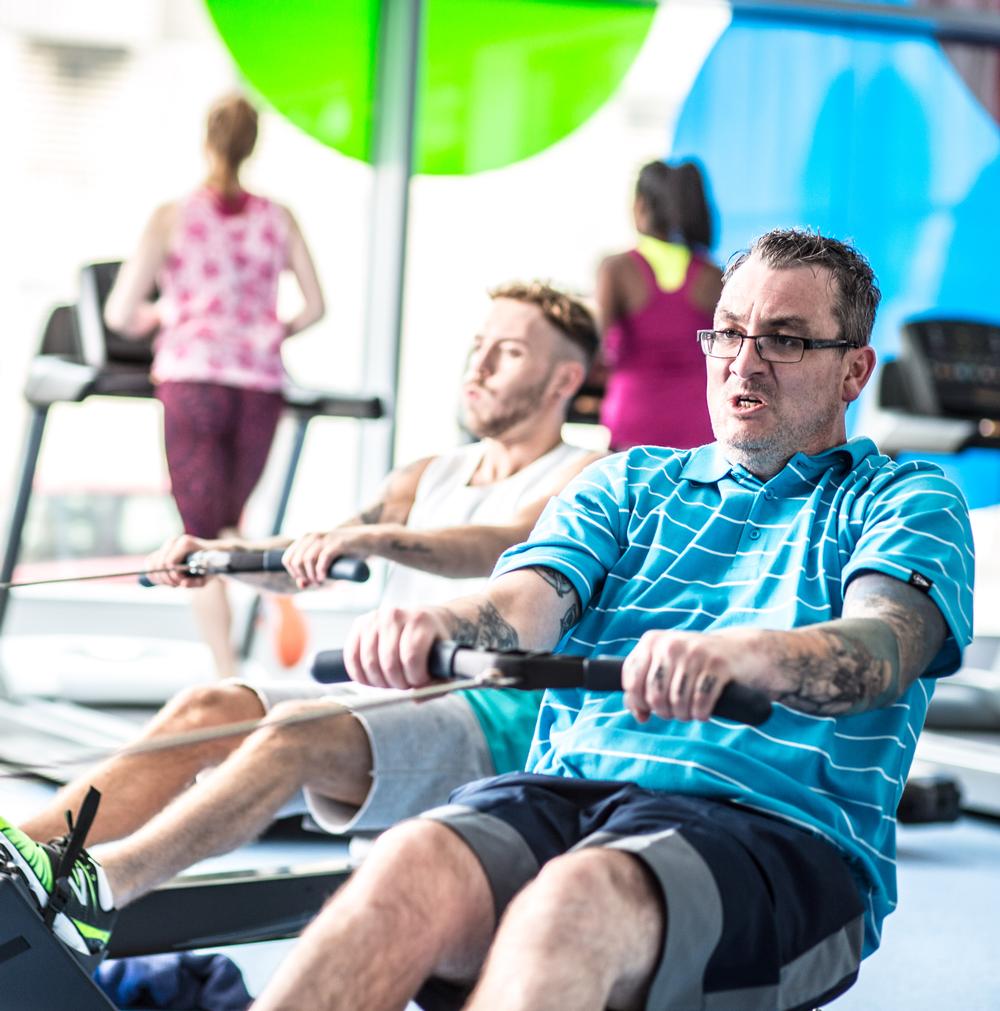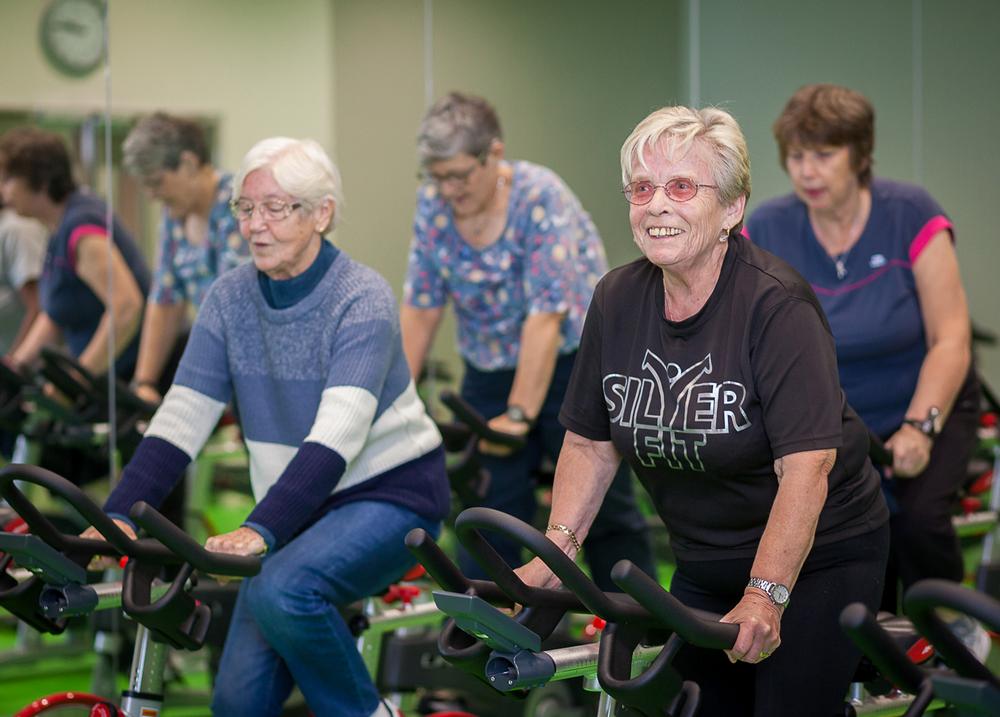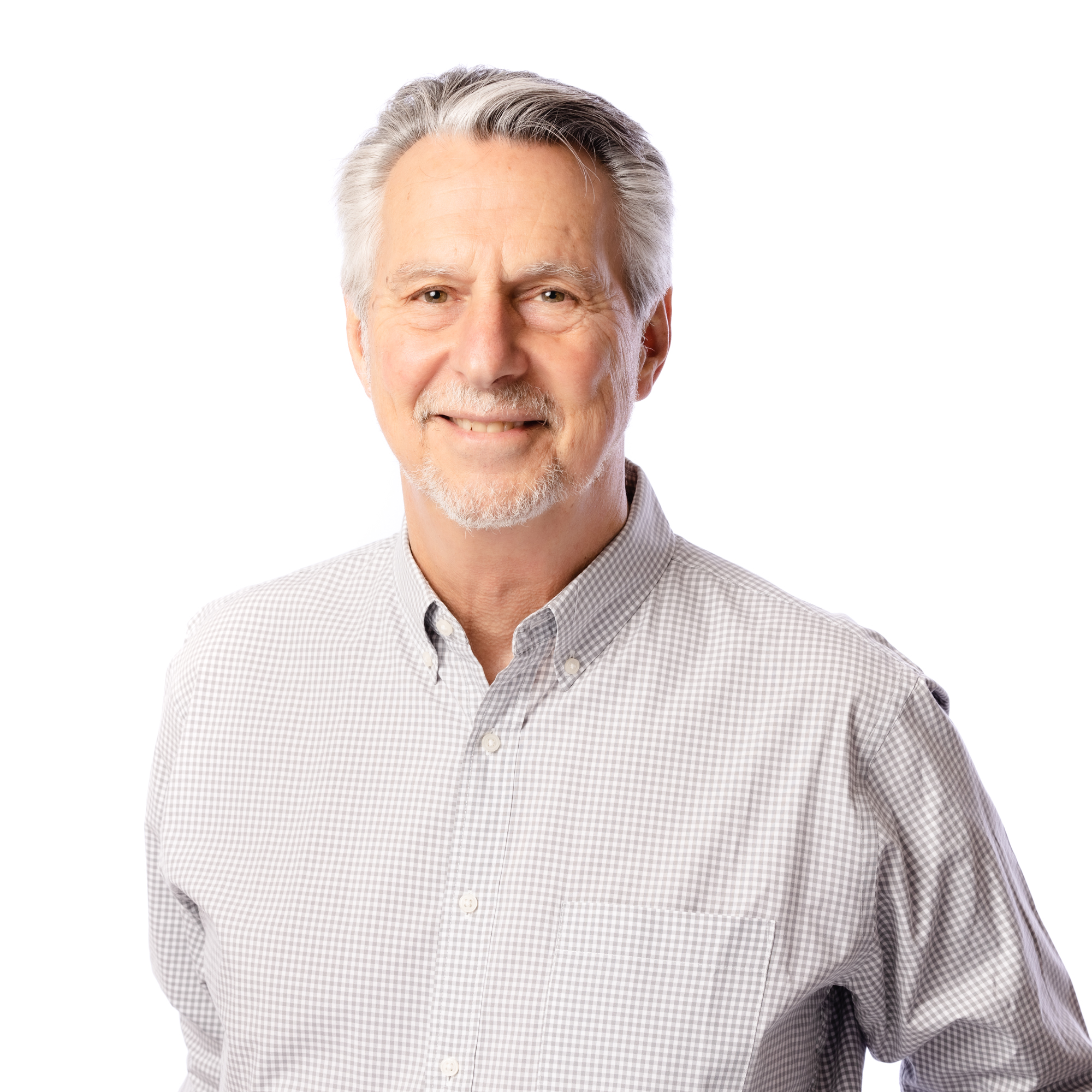What a year 2017 turned out to be. Whether it’s the fall out from Brexit and the early General Election clogging up British politics, or the daily episodes of drama emanating from the Trump White House, last year was certainly a tumultuous one. Whereas once a president was elected with the mantra ‘yes we can’, today’s political and social climate seems closer to ‘no we can’t’.
The upshot is that taking matters into our own hands has become more important than ever. Nationally and globally, the health and fitness sector must strike out and lead the way to address the challenges we now face.
Health on the front line
Despite these challenges, the growing influence of our sector now spreads throughout UK society, and this is being increasingly recognised.
At National Summit 2017 we explored the role of physical activity as the ‘Golden Thread’ running through various aspects of our society, and this will only increase this year as our sector plays a growing role in the delivery of positive outcomes in health, education and civil society.
Our sector’s position as a key delivery mechanism for Sport England’s new national strategy for an Active Nation is already established, but there’s potential to do even more. For example, ukactive has called for £1bn capital investment to regenerate Britain’s ageing fleet of leisure centres into wellness hubs, serving as the front line for the preventative health agenda. It’s up to us to align with current and future government strategy and ensure we make the clearest case for investment.
Government is facing a myriad of challenges in the coming years with Brexit and slowing economic growth on the horizon, so the health and fitness sector must also find alternative solutions to drive forward the physical activity agenda and tackle the issues facing our nation.
Relying on government alone has never been a viable strategy, and this is true now more than ever. Former PM David Cameron was once derided for his ‘Big Society’ concept – how civil society can step into places that the government can’t. But by working collectively, our sector can serve a wider social and public health purpose independent of government strategy, leading rather than following. Over the past year, for example, several distinct exercise referral programmes across the UK attended to 125,000 people, but by joining forces to serve as one central National Activity Therapy Service the outreach could have been significantly higher. During 2018, as we continue to build momentum behind the physical activity agenda, I expect the trend to work collectively to pick up steam.
Brand new partnerships
Physical activity initiatives are also increasingly coming together with support from nontraditional partners: third-sector groups and big corporates. Who would’ve predicted the rise of parkrun five years ago, yet it now has more than two million registered runners worldwide.
Meanwhile, major brands are playing an increasing role in encouraging physical activity. For example, the role AXA PPP healthcare and Argos played in National Fitness Day 2017. The borders of the sector aren’t just blurring; they’ve fully dissolved. This means we have more support and resources than ever to fight the battle to tackle inactivity, so we can be more ambitious with what we can achieve in both the short- and long-term.
Global growth
In stark contrast with events in wider society, 2017 was a stable year for the physical activity sector, a story of continued growth and development. Low cost fitness continues to grow, with all the budget operators opening new gyms throughout 2016, and plans to build new clubs in the year ahead. The growth isn’t confined to the budget gym sector, however. High-end gyms and boutique fitness both saw healthy development in 2017. Meanwhile, public leisure has proven a real engine for growth, with the ukactive report Active Leisure Trends finding a nine per cent rise in membership over the past year.
That doesn’t mean we can rest on our laurels. Indeed, the competition facing our sector is greater than ever before. Joining the myriad of new fitness concepts springing up across Britain is competition from across the world. Take Peloton – launched five years ago, this new idea for cycling from home is now a US$1bn company challenging established operating models. Peloton will likely soon have a presence in the UK, perhaps within the coming year, and that will bring even more new challenges to our sector.
This year will see an increasingly globalised fitness world, with global behemoths entering the UK market and British fitness operators looking to expand abroad. Only the fittest will survive or face being consigned to the growing list of founding fitness brands left behind. This increasingly global market should not be viewed solely as a threat however; it’s also an opportunity. We’re seeing a global coming together of technology, health, fashion, music and social media around physical activity. What that means for us in the coming years is an increasingly self-confident sector, able to attract world-class talent and high-value investment from the business world and other industries. This affords an enormous opportunity for the UK physical activity sector to become a global economic leader. We’ll begin to stimulate an investment culture that sees banks and major investors (public, private, third sector, institutional) primed to support the best initiatives we can offer. We must ensure that we’re ready to embrace these strategic opportunities –finding new ways of working and embracing innovative solutions to old problems.
Professional personnel
As the stakes get higher for the health and fitness sector, the standards will need to rise in tandem. Much excellent work has been done to professionalise our workforce, and these professional standards will continue to rise, from the front line through to the boardroom.
There’ll be a concerted focus on developing skilled personnel capable of delivering high-quality workloads, in the face of rising recruitment costs. The Chartered Institute for the Management of Sport and Physical Activity (CIMSPA) will become increasingly central in driving forward high standards and in continuing the push to full professionalisation, particularly given the £1.2m financial backing from Sport England’s Active Nation strategy. It’s up to stakeholders across public and private leisure to work with CIMSPA to hike up standards.
Pooling data
Operators are beginning to see the benefits of pooling data to build an evidence base for our work. We’re actively addressing the knowledge gap in our sector by sharing information, and operators increasingly recognise the huge advantages to be gained through access to sector data.
Our industry’s willingness to share has resulted in the creation of DataHub, enabling us to assess what more than 250 million customer visits can tell us. This growing understanding of the sector is a huge opportunity, giving operators greater insight than ever before and allowing detailed evaluation of prevailing trends, customer segmentation and target markets. Robust data will also allow those working in our sector to make a much stronger case for the services provided, whether courting public and/or private investment.
Titans of tech
Technology and innovation tend to feature prominently whenever we look to the future, and this is for good reason. Sector leaders have long acknowledged technology not as a perceived threat, to be managed, but as an opportunity to be taken advantage of.
The speed of change is now accelerating, with on-demand fitness apps becoming the norm among major operators rather than the exception, and immersive fitness concepts like The Trip by Les Mills – an immersive workout experience combining a multi-peak cycling workout with a journey through digitally created worlds – becoming increasingly popular.
Thousands of new disrupters and innovative concepts will stake their claim in the coming years – and ukactive’s goal with the ActiveLab accelerator is to help us to navigate through these to find the real game changers shaping our sector’s future. Many of last year’s alumni have since scored strong investment, and ActiveLab 2018 will build on that success to serve as the global launchpad for physical activity start ups, giving them the tools to become the next fit-tech titan.
Global vanguard
To summarise, when we talk about the future of physical activity, we’re no longer talking about simply the UK fitness market. The fading lines that separate nations and industries have blurred such distinctions.
It means that everyone in the fitness sector must look to 2018 with a global mindset, while being bold enough to embrace innovation and come together to share information – all with a view to making a local impact. If we can do so, I’m confident that together we’ll transform physical activity in the UK from being the pinnacle of our sector to being in the vanguard of a global movement.



























































